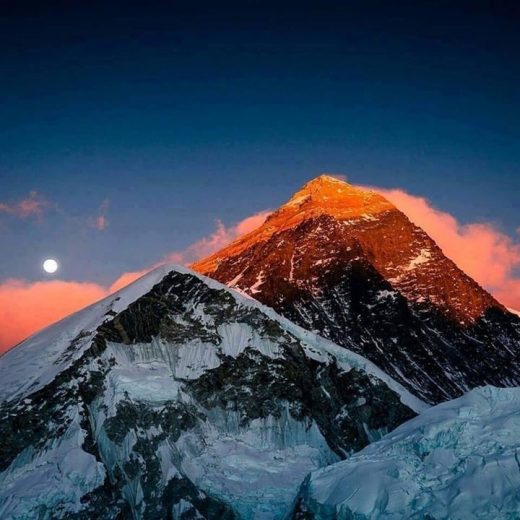
The Langtang trek is one of the shorter hiking routes in Nepal. It offers fantastic scenery from the jungle with banana trees and monkeys at lower altitudes to glaciers and ice peaks at higher elevations. Short doesn’t mean easy the route is quite challenging from the beginning with many long and steep ascents which is a typical thing for trekking in Nepal.
The trek can be done as a single trek, in combination with the Tamang Heritage trek, or as an acclimatization trek before attempting one of the longer and more challenging routes like Everest Base Camp or Annapurna Circuit.
BEST ATTRACTIONS
- Every routes of Langtang Region Trekking rewards you with the incredible mountain panoramas. Thus, it can also be said a paradise for mountainous views. During the trek to Langtang, one can witness the spectacular views of Langtang and Ganesh Himal. Including several other high Himalayas like; Langtang Lirung (7,246m), Gang Chenpo (6,388m), Naya Kangri (5,846m), Yala Peak (5,700m), and Dorje Lakpa (6,966m) etc.
- The Langtang National Park is one of the major attractions of Langtang Region. The National Park is habitat for thousands of floral species and many wild animals and birds. One can get a chance to encounter with several wild animals if s/he is lucky enough. Some of the wild animals you can see here are: Tigers, Red Panda, Wild Boar, Musk Deer, Snow Leopard, Rhesus Monkey, Himalayan Black Bear etc. And among the many bird species you can observe here, some are: Cuckoos, Laughing Thrushes, Owls, and Barbets etc.
- The Langtang Region comprises more than 70 different glaciers with different sizes. All of them looks mesmerizing and worth observed. Some of the holy lakes of Langtang are: Goshain Kunda, Parbati Kunda, BhairavKunda and Dudh Kunda. All these lakes carry religious importance for Hindus and Buddhists. People make a pilgrimage to these lakes every year in certain festivals.
- You can see mostly Tamang and Sherpa Peoples in Langtang Region. Their cultures and lifestyle tends to seem highly influenced from Tibetan Culture, so they differs from the same caste people living in the low lands of Nepal. Moreover, you can explore different cultural heritages including monasteries and Chortens made in Tibetan style, beautifully designed and well carved wooden arts.
LEVEL OF DIFFICULTY
Langtang trek is a moderate difficulty trek with beautiful scenic views of the mountains and glaciers along the way. Filled with landscapes of the traditional lifestyle of the people there along with various ancient Buddhist monasteries, the Langtang trek gives you a peaceful trekking experience.
Langtang trek difficulties can be considered less to none as it is a short trek on the north of the Kathmandu valley. It is the closest trek to Kathmandu valley with the best views of the high peaks and the beautiful sights of the valley.
HOW TO GET THERE
The trek starts and finishes in Syabrubesi, a small town 120km from Kathmandu. There is no airport in the area; the road is the only way of getting to Syabrubesi. The road is in bad conditions, partly tarred, partly gravel, with ongoing road works, buses drive very slow, stop a lot on the way, people get in and out – a typical bus ride in Nepal.
Another option is to take a jeep. It’ll be faster and more comfortable but it costs a lot more.
BEST SEASON
Langtang valley experiences four different seasons- Spring, Autumn, Summer, and Winter. With these seasons nature, temperature and the climatic conditions also change. Based on the bearable temperatures, climatic conditions, and the side views the trek offers, spring and autumn months are the best time for this trek. However, the off-season may bring along some difficulties during the trek. But with your physical and mental preparedness with appropriate trekking gears, this trek is doable throughout the year.
But, the best time for this trek is the Autumn and Spring season. These seasons have stable weather conditions with the bearable temperatures. During these seasons you will have an easy time walking in the warm sunny days on the drier trails. As obvious of the mountains, the nights and morning can become colder yet, remain bearable.


